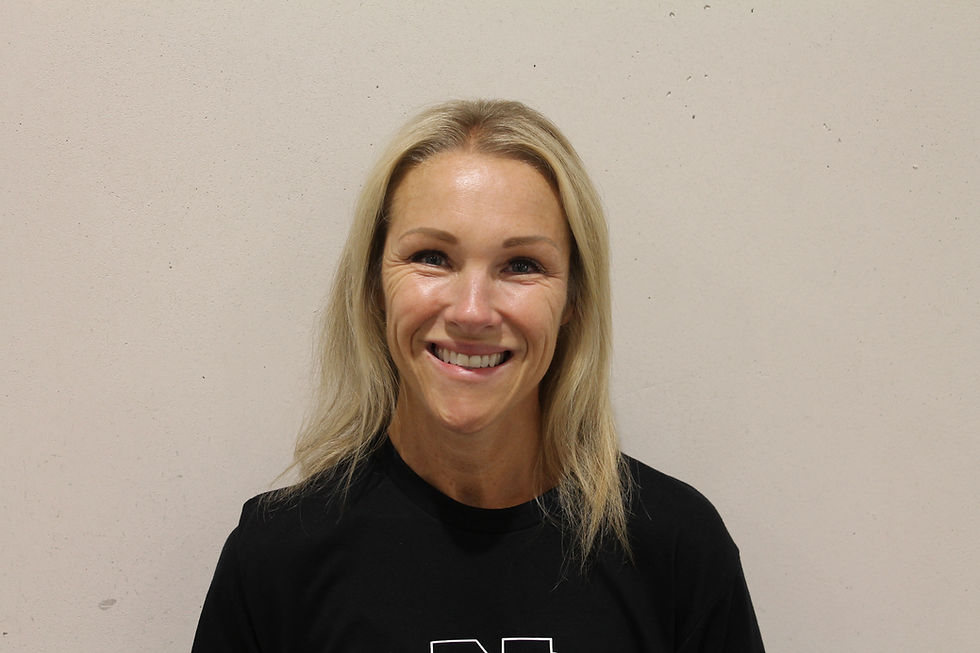The Power of Play
- Mike Hawes

- Feb 2, 2024
- 2 min read
As athletes and trainers, we may be stuck in the mindset that training is, by nature, going to be boring and monotonous. If you practice the same cone drill 100 times, you will get better, which translates to being better in the sport. And, to a point, that is true.
Doing the same thing over and over again will generally lead to getting better by becoming more efficient with movement.
But there are a few problems with pre-determined drills. They don’t always transfer to sports super well, especially field/reactive sports. By nature, field/reactive sports require the athlete to move based on the movement of something else (another athlete, a ball, a puck, etc.).

So, doing a pre-determined drill won’t prepare an athlete to move reactively. Second, IT’S BORING. It’s hard to get enthused and put all you have into the 50th rep of the same drill, plain and simple.
Enter open drills. These are drills in which, while general parameters guide the drill, the actual movements an athlete uses and the end outcome are not known. The most rudimentary version is a tag, which most kids know well and enjoy. Tag teaches kids to move and react to the movements of the other kids. They have to be able to stop, start, and change directions quickly to succeed.
And the beautiful part – kids learn to move better based on how they do. If they constantly get tagged or can’t tag someone else, they’d better change how they move to succeed.
You might stop me here and say, “So you’re telling me we should just let kids play tag for an entire session? We want the kids to get better, not play the whole time.”
While we want to see athletes improve, the power of open drills cannot be denied. Putting athletes in space and giving each one a specific outcome without telling them HOW they have to get it done can help mimic game situations quite well.
Athletes move and react to other athletes in sports, so they should learn to do that in training. If they don’t reach the outcome they were hoping for, the movement they used wasn’t quite it. Through trial and error, they will become more proficient.
Honestly, the body best learns through trial and error, not ONLY learning PERFECT from the word “go.”
On top of all this, it’s just more FUN. Athletes tend to respond better and are more engaged with open drills. Give 1 group of athletes a basic 4-cone change of direction drill and another group a game where one athlete attempts to get by the other without getting tagged in a small space.
Both groups are practicing change of direction (likely), but 1 group will be having much more fun. Fun leads to being engaged, and being engaged leads to better learning.
Let’s let our athletes mimic sport better, learn better, and have more fun. Incorporate open drills into athlete training.




Comments